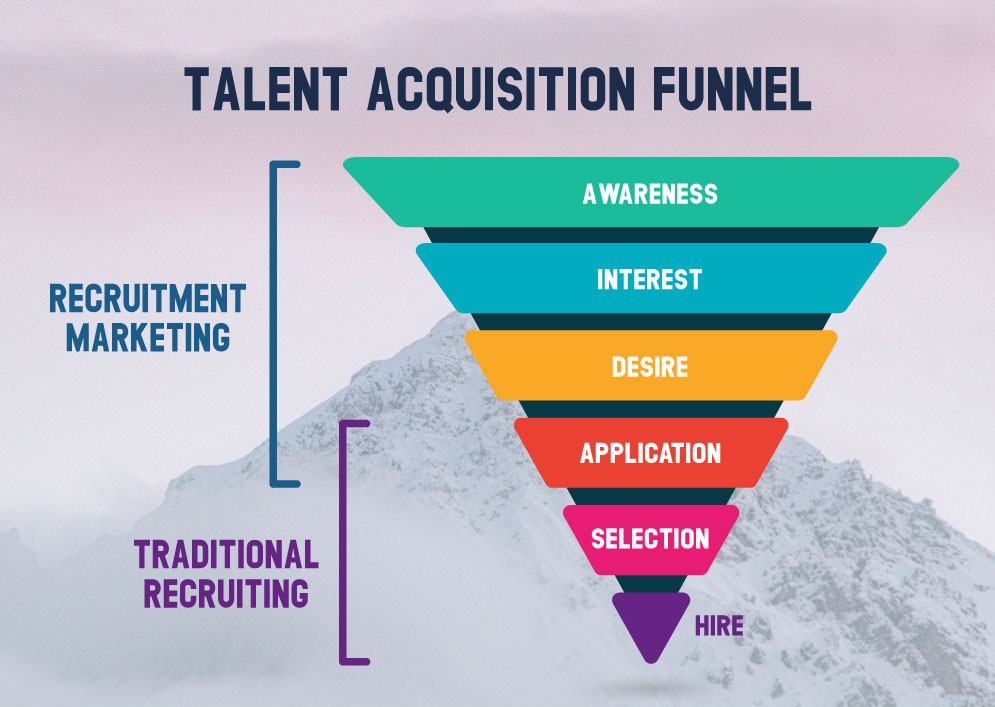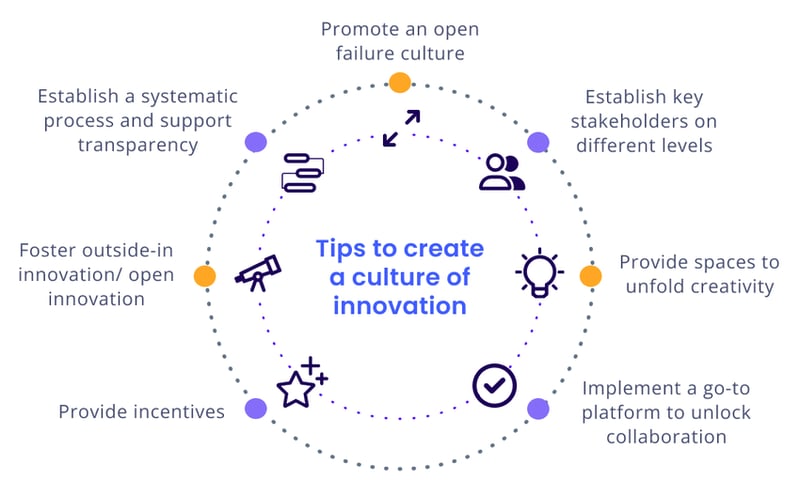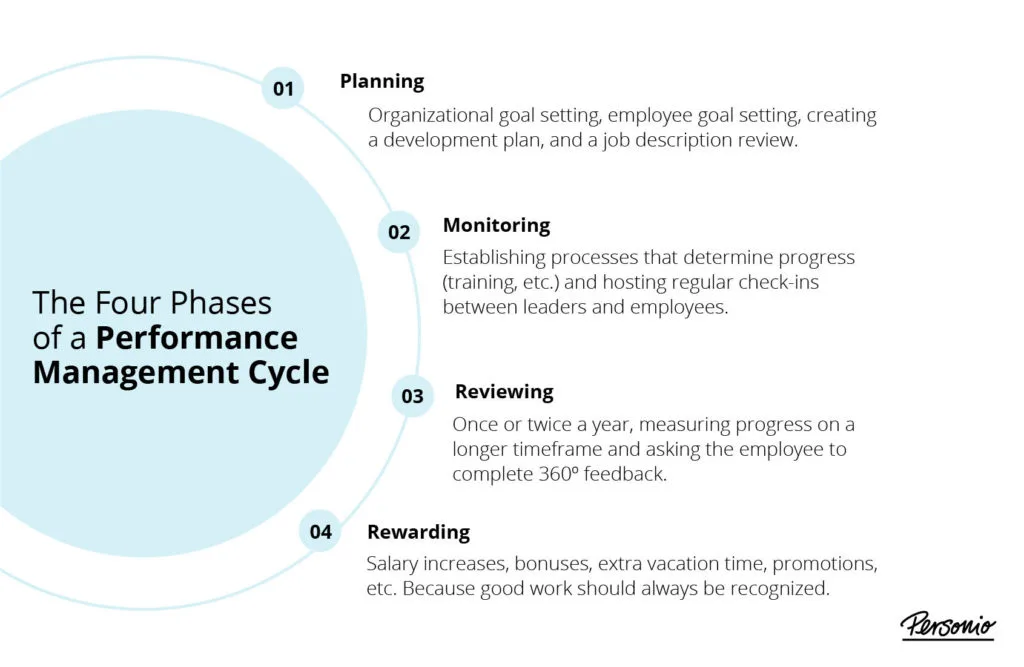
Five Ways HR Can Support Product Development Teams
Last update: 22 February 2024 at 10:14 am
While driving product development success, technical elements like coding and design are often emphasized, overshadowing other crucial factors. However, there’s a crucial element that’s often overlooked, and that’s the power of human resources.
HR can have a significant impact by helping to build a robust talent pipeline. Close collaboration with hiring managers and HR enhances skill definition, recruitment strategy, and positive employer branding for top talent attraction.
The article explores five HR-supportive ways for product teams and their role in hypothetical companies’ sustained success.
1. Building a Strong Talent Pipeline

Source: Spirit Executive
Imagine a scenario where a rapidly growing tech company specializing in enterprise payroll services is looking to expand its product development team.
HR must be a valued partner, collaborating closely with managers to establish a strong talent pipeline and drive company progress.
Here’s how they could do that.
Collaborate with hiring managers to define skill requirements.
Firstly, HR professionals must work closely with hiring managers to understand better the skills and expertise needed for the role.
HR leaders should engage in thorough discussions, assessing technical needs and aligning them with company objectives for effective decision-making. Engaging in a collaborative dialogue helps establish a clear and accurate picture of the ideal candidate.
Implement effective recruitment strategies.
When it comes to finding the best talent for your team, HR plays a crucial role. With your skill requirements in hand, it’s time to put their expertise into action by implementing effective recruitment strategies.
They’ll need to leverage various channels, such as job boards, social media advertising, and professional networks, to reach potential candidates with the desired skill set.
But don’t just stop at these standard job postings—tap into your network and proactively seek out passive candidates who may be a perfect fit for the company’s unique culture and vision.
In the given case, HR could create appealing job descriptions, emphasizing technical responsibilities and the company’s innovation-driven approach to enhancing enterprise payroll procedures.
By using resonant language and articulating exciting prospects within the product team, HR can attract top talent for overall business advancement.
Create a positive employer brand to attract top talent
To build a robust talent pipeline, you could also create a positive employer brand to set your company apart from its competitors.
HR teams should understand that attracting top talent isn’t just about the salary package; it’s also about the company’s values, culture, and opportunities for growth.
Keeping this in mind, HR should collaborate with departments like content and marketing to create engaging employer branding campaigns showcasing innovation, collaboration, and employee growth.
2. Facilitating Effective Onboarding

Source: Easygenerator
Now, picture a bustling tech startup renowned for its cutting-edge AI solutions. Their product development team is expanding rapidly, and the HR department ensures that every new hire’s onboarding experience is exceptional.
Let’s uncover the key elements that make their onboarding process engaging and effective.
Crafting a Tailored Onboarding Journey
At this startup, HR takes a personal approach to onboarding. They understand each new team member brings unique skills and experiences. With this in mind, they craft a tailored onboarding journey that caters to individual needs.
So, what can you learn from this? When a new hire steps through your door, they must be greeted with warmth and enthusiasm. Provide them with a comprehensive introduction to the company’s mission and values, immersing them in your specific way of doing things.
By customizing the onboarding process, you can immediately ensure every new team member feels valued and understood and improve the candidate experience. For example, you can create personalized welcome packages tailored to each individual’s interests and preferences.
HR collaborates for branding, crafts job descriptions, and offers robust onboarding to effectively attract, nurture, and empower new talent.
Seamless Integration with Cross-Functional Teams
In tech startups, swift collaboration is vital. HR must prioritize seamless onboarding, integrating cross-functional teams, and fostering interdepartmental connections.
The lesson?
Newcomers leverage lunches, projects, and training to build relationships and understand their role’s organizational significance.
You set the stage for a harmonious and productive work environment by promoting collaboration from day one.
Providing Resources and Training for Accelerated Learning
In our prior mention, the innovative tech startup empowers new hires with resources and training for immediate impact, overseen by HR.
How can you apply this in your organization? By providing a robust toolkit that includes access to cutting-edge technologies, online learning platforms, and internal knowledge repositories. The right technology can even offer benefits decision support, improving the number of people who sign up. Coordinate training sessions and workshops to acquaint new members with your development processes and methodologies swiftly.
Providing appropriate resources empowers new hires to contribute effectively to projects and create an impact immediately.
3. Fostering a Culture of Innovation

Source: ITONICS
HR plays a pivotal role in fostering a culture of innovation within product development teams. For example, you work at an environmentally conscious tech company that plans and executes sustainable events and products. By prioritizing the development of essential business capabilities alongside technical skills, HR ensures that employees are equipped not only to innovate but also to understand and contribute to the strategic goals of the company.
Creating an environment that encourages creativity, collaboration, and continuous learning can empower employees to push the boundaries and drive impactful change. Here’s how.
Promoting a Growth Mindset
Emphasize the importance of a growth mindset throughout your organization. Encourage employees to embrace challenges, view failures as learning opportunities, and consistently seek improvement.
By fostering a mindset that values curiosity, adaptability, and resilience, you set the stage for innovation to thrive. Through workshops, training sessions, and internal communications, you can instill the belief that everyone can contribute innovative ideas and make a meaningful impact.
Encouraging Knowledge Sharing and Cross-Team Collaboration
Promote knowledge sharing and cross-team collaboration through brainstorming, hackathons, and innovation workshops for diverse teams to exchange ideas.
Leverage digital collaboration platforms and internal communication channels to facilitate seamless information sharing. Enabling diverse voices and nurturing collective ownership fosters innovation and the emergence of inventive solutions.
Recognizing and Rewarding Innovative Ideas and Contributions
Understanding the importance of recognizing and rewarding innovative ideas and contributions is vital. To do this, implement mechanisms to identify and acknowledge employees who go above and beyond to pursue innovative solutions.
Recognize and reward creativity and commitment in events businesses through innovation awards, bonuses, and public acknowledgment, ensuring employee value and sustainable innovation.
By celebrating achievements and highlighting the positive impact of innovative ideas, product teams, and HR can fuel a culture where individuals are inspired to push boundaries and make a difference.
4. Managing Performance and Feedback

Source: Personio
Imagine you work for an innovative software development business in our next hypothetical company. HR (aka you) will be essential in managing performance and providing valuable feedback to product development teams. Let’s explore how.
Implementing a Performance Management Framework
You’ll understand the significance of a robust performance management framework, establish clear performance expectations, and align individual goals with the company’s objectives. Through regular check-ins, you can foster open and honest conversations between employees and their managers, creating a space for feedback, goal alignment, and professional development discussions.
Additionally, you could leverage HRIS software to streamline performance tracking, ensuring a transparent and data-driven approach to managing staff.
What does HRIS stand for, you ask? The answer is “human resource information system.” This software solution facilitates employee information management, HR processes, and data analysis.
Providing Constructive Feedback and Coaching
HR must also recognize the importance of providing constructive feedback and coaching to help product development team employees reach their full potential.
You can achieve this by training managers to deliver feedback effectively, focusing on areas for improvement, and recognizing and appreciating workers’ strengths.
Encourage a growth-oriented mindset, emphasizing that feedback is a valuable tool for learning and development.
In addition, facilitate coaching and mentoring programs, allowing employees to receive guidance and support from experienced professionals within the organization.
Empowering Employees with Development Opportunities
Suppose your company values employee growth and invests in development opportunities. In that case, you should actively identify training programs, workshops, and conferences that align with employees’ professional aspirations and the company’s strategic goals.

Source: Superbeings
You might also promote knowledge sharing, allowing employees to learn from their peers and expand their skill sets. Encourage staff to take ownership of their development by providing resources, tools, and support to pursue their learning journey, ultimately contributing to the overall success of the business’s product development teams.
5. Enhancing Communication and Collaboration

Source: Software Advice
Now, suppose you work in HR at an eCommerce beauty company named GlamourGlow. Effective communication and collaboration are critical ingredients for success within the product development teams here, and you can make this happen by fostering an environment where ideas flow freely and innovation blossoms. Let’s explore how.
Establishing Open Channels of Communication
Firstly, you must understand the importance of open and transparent communication. Establish various channels to facilitate this across teams, such as dedicated project management tools, digital collaboration platforms, and regular team meetings.
You should encourage a culture where individuals feel comfortable expressing their ideas, concerns, and suggestions. Providing a safe space for open dialogue will minimize communication barriers, and information flows freely, enabling efficient collaboration and problem-solving.
Encouraging Cross-Functional Collaboration
Next up, recognize that magic happens when different talents and expertise converge. Actively promote cross-functional collaboration among product development teams. Facilitate opportunities for teams to work together on projects, organize brainstorming sessions, and encourage knowledge sharing across departments.
By breaking down silos and fostering collaboration, you’ll enable diverse perspectives to come together, leading to innovative ideas and solutions that push the boundaries of beauty innovation.
Nurturing a Culture of Active Listening
Effective communication involves not only speaking but actively listening. Emphasize the importance of truly hearing and understanding your team. Organize workshops and training sessions on active listening techniques, enabling team members to develop strong listening skills.
By embracing active listening, you can ensure everyone’s voices are heard, resulting in empathy, mutual respect, and a deeper understanding of each other’s perspectives. This foundation of effective communication strengthens teamwork and leads to more meaningful collaborations.
Final Thoughts
So, there you have it—HR can make a difference in supporting and empowering product development teams.
From building a strong talent pipeline to ensuring smooth onboarding, fostering a culture of innovation, managing performance and feedback, and enhancing communication and collaboration, HR has got it covered.





